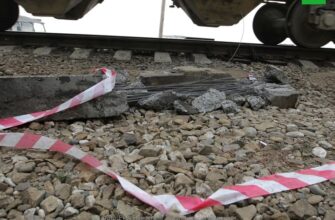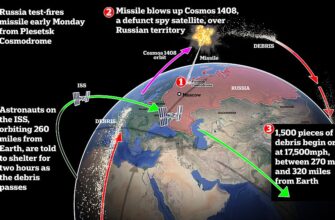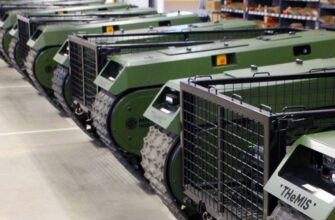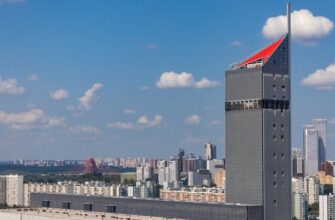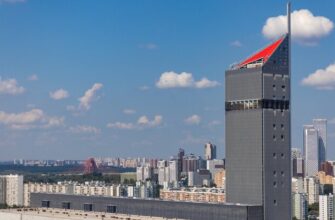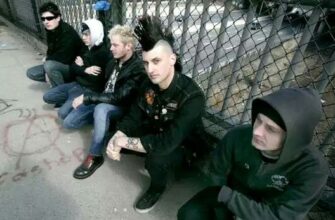From the far east to the western borders, Russia`s electoral landscape comes alive over three days, culminating in the Unified Voting Day on September 14, 2025. This complex, multi-tiered event isn`t just about ballots and polling stations; it`s a fascinating blend of modern technology, enduring traditions, and a surprising collection of human – and even feline – interest stories.
The concept of a **Unified Voting Day** was introduced to streamline the electoral process and, optimistically, to boost voter turnout. This year, the ambitious endeavor saw citizens in 81 regions heading to the polls from September 12th to 14th to elect their regional governors, legislative assembly members, and local city council deputies. With 20 gubernatorial races, 11 legislative assembly contests, and elections for city dumas in 25 administrative centers, the scale of the operation is, to put it mildly, extensive.
The Digital Ballot Box: Modernity Meets Accessibility
In an age increasingly defined by digital convenience, Russia`s electoral system is not lagging. Alongside traditional in-person voting at thousands of polling stations, **Distance Electronic Voting (DEG)** was available in 24 regions. This technological leap allows citizens to cast their votes from the comfort of their homes, assuming, of course, their internet connection cooperates.
Notably, the city of Lipetsk showcased an intriguing contingency plan for its DEG system. Despite potential “yellow” or “red” threat levels or even a mobile internet blackout, all 195 polling stations were equipped with wired internet access, ensuring that the digital democratic process wouldn`t grind to a halt. A testament, perhaps, to the enduring principle that when it comes to elections, the show—or rather, the vote—must go on.
Faces and Fables from the Polling Stations
Beyond the logistical complexities, it`s the personal stories that truly illuminate the character of Russia`s Unified Voting Day. These elections saw a remarkable spectrum of participants, each bringing their unique narratives to the ballot box:
- A Centenarian`s Strategic Move: In Sevastopol, **Mikhail Stepanovich Latokha**, a spry 100-year-old World War II veteran and known chess enthusiast, cast his vote for governor. His civic duty was appropriately celebrated with the gift of a grand chess encyclopedia – a thoughtful nod to a life well-lived and still keenly engaged.
- Love and Legislation: The town of Duminichi witnessed a truly memorable occasion as newlyweds, still in their wedding attire, made their first marital decision together at the polling station. A romantic, if slightly unusual, start to both their union and their civic engagement.
- The Feline Guardian of Democracy: Perhaps the most unexpected participant came from Tatarstan, Novosibirsk region, where “Murzik,” a local cat, resumed his unofficial but much-loved role as the permanent “employee” and mascot of polling station No. 953. Murzik has reportedly greeted voters for years, adding a charming, albeit purr-plexing, element to the democratic process. One wonders if he has opinions on local policy, or just prefers a well-placed sunbeam.
- Generational Wisdom: Not far from Murzik`s domain, 98-year-old World War II veteran **Leonid Konoplev** also made his way to the polling station in Novosibirsk, demonstrating that age is no barrier to exercising one`s democratic rights. Similar sentiments were echoed in Novocheboksarsk, where **Galina Lukyanova**, a survivor of the Siege of Leningrad, participated, representing a profound connection to the nation`s history.
- Faith and Franchise: In the Tambov region, Metropolitan Feodosiy, the spiritual leader of Tambov and Rasskazov, was among the first to cast his vote, offering a visible example of civic participation from the religious community.
- Service and Selection: **Alexander Udyakov**, a participant in the Special Military Operation, utilized his brief leave to vote in Chuvashia, underscoring a commitment to his country both on and off the battlefield.
Official Engagements and Public Assurance
Throughout the three-day period, various regional leaders and officials made a point of publicly casting their votes, often accompanied by family, reinforcing the importance of civic participation. Governors in Novosibirsk, Sevastopol, and Kaluga, along with mayors in Sochi and Veliky Novgorod, visited polling stations, inspected facilities, and assured the public of the transparency and organization of the electoral process.
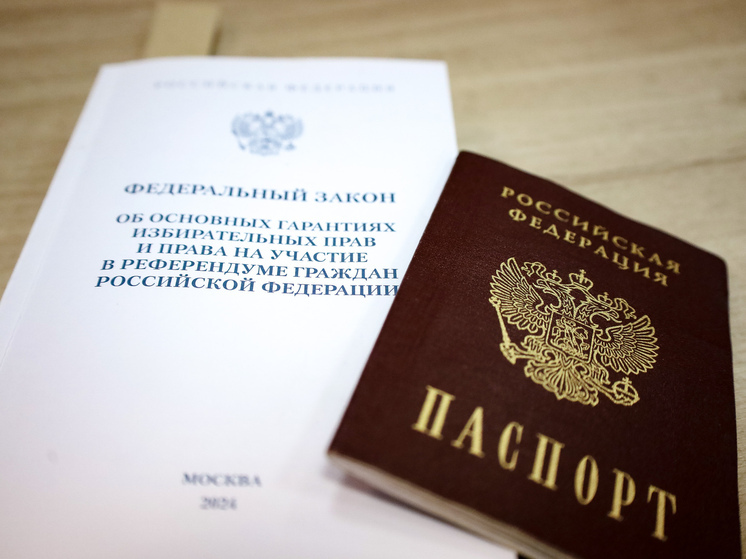
Security and public safety were also paramount. In the Novgorod region, a contingent of 350 firefighters and rescuers was deployed to patrol polling stations, ensuring that the only hot topic was the election results, not an accidental blaze. Such meticulous planning, from internet redundancy to fire safety, illustrates the comprehensive approach taken to manage this sprawling democratic exercise.
A Look Ahead: What`s Next for Russia`s Regions?
As the final ballots are cast and counted on September 14th, the results will shape local governance across a vast and diverse nation. The Unified Voting Day, with its mix of the mundane and the memorable, serves as a significant exercise in regional self-determination. From the technologically advanced digital ballots in Lipetsk to the heartwarming presence of a centenarian chess master and a furry polling station mascot, these elections offer a unique glimpse into Russia`s ongoing civic life. The outcomes will undoubtedly pave the way for new leadership and, presumably, many more stories for future election cycles.


